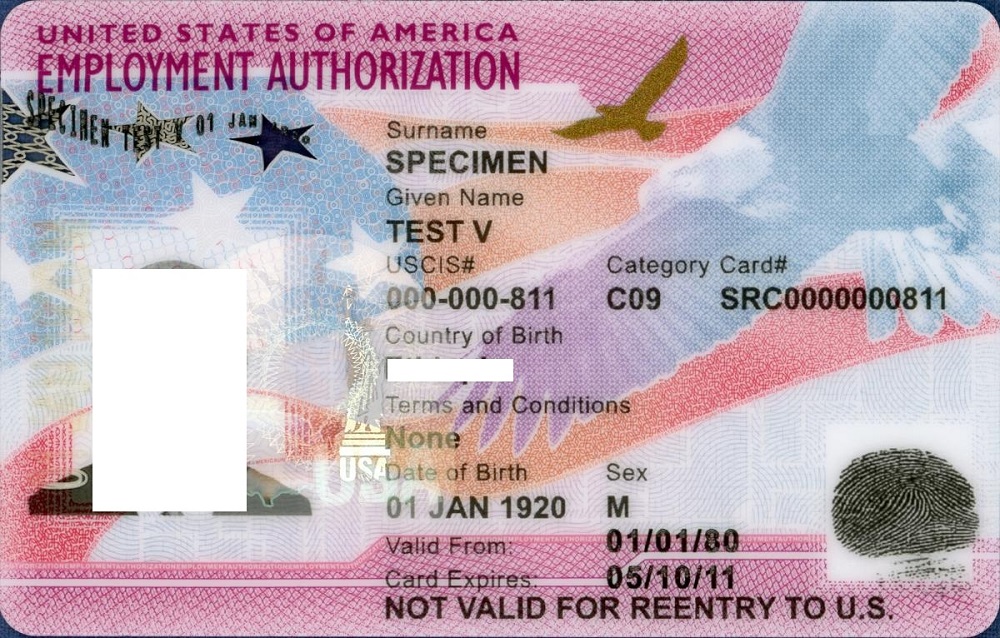 The settlement followed a lawsuit by people affected by long delays in processing EAD renewals
The settlement followed a lawsuit by people affected by long delays in processing EAD renewals
The past couple of years have been tough for many dependent visa holders in the United States. Hundreds of thousands of H-4 and L-2 visa holders had to suffer job losses and job gaps due to delays in approval of Employment Authorization renewal applications.
After long, there seems to be some movement in this direction as a new class action lawsuit brought along some benefits for H-4 EAD and L-2 visa holders.
While the rule certainly brings along relief to those H-4 holders who did not have concurrent filing of H-4 and H-4EAD permits, there are still some doubts and questions around the new changes.
Read: New H-4 EAD settlement does not bring relief to all (November 11, 2021)
Here American Bazaar breaks down everything that you need to know about the new H-4 EAD, L-2 lawsuit settlement:
The lawsuit
A class action lawsuit was filed by Wasden Banias law firm and attorney Steven Brown from Reddy Neumann PC along with American Immigration Lawyers Association (AILA).
About 15 people affected by the long delays in processing time for employment authorization filed the lawsuit against the DHS in Sept. 2021 at US District Court in Seattle. The case was referred as Shergill et al Vs Mayorkas.
The plaintiffs argued that L-2 visa holders do not need any EAD to work in the first place according to US statute. The second argument was that DHS was unlawfully withholding the automatic extension of H-4EAD.
The settlement
In a settlement reached between Department of Homeland Security (DHS) and the plaintiffs, both the points put forth by the plaintiffs were fulfilled. It would entail:
- L2 visa holders to have an employment authorization incident to status. This would mean they no longer have to apply for a L2 EAD.
- Up to 180 day automatic extension for existing L2-EAD holders.
- Automatic 180 day renewal of H4 EAD applications for those with a valid H-4 status.
The questions
After the settlement was reached many H-4 EAD holders were questioning the reason L-2 would not require any work permit and why couldn’t H-4 be included under the same provision.
The answer to this lies in the fact that according to official statute there was no mandate that required L2 visa holders in the first place to apply for an EAD.
Read: Biometrics requirement lengthens H4 EAD processing time considerably (August 12, 2019)
This provision was being interpreted wrongly by DHS all along. So, from now on, USCIS will be issuing policy guidance that will state L2 spouses can work based on their valid L2 status.
The L-2 visa holders will have to in cooperation with CBP change their form I-94 within 120 days of arrival so that L-2 spouse can be used for I-9 verification as a List C Document.
Automatic Extension of H4-EAD
As a general rule, those H-4 visa holders who have an approved I-140 were eligible to apply for H4-EAD. Under the new settlement such H-4 holders will now be given an automatic extension of H4-EAD for up to 180 days.
However before considering it as a blanket rule, there are certain conditions to be kept in mind. The H4-EAD renewal applicants must have a valid H-4 status.
The H4-EAD automatic extension will not be valid if the H-4 status expires or if the approval or denial to the H4-EAD status comes through or 180 days have passed by since the time the H4-EAD card expires.
ALSO READ:
From aging out of H4 visa to AWS Summit panel, Dolica Gopisetty’s extraordinary journey (June 24, 2019)
USCIS says rule-making process to terminate H4 EAD not complete yet: report (June 18, 2019)
H4 work authorization may be next on Trump’s hit list, says Sheela Murthy (March 9, 2017)
H-4 and H-1: Time for Indian immigrants to speak up on immigration policy, says author Amy Bhatt (January 5, 2019)
New bill proposes to let H-1B workers switch jobs, H4 visa holders to work, F-1 holders to apply for green card (September 14, 2018)
End of the road for H-4 EAD program? (April 24, 2018)
Trump administration may soon end H-4 Visa Rule: report (February 1, 2018)



